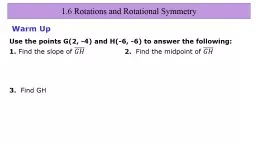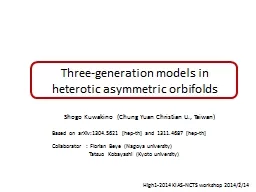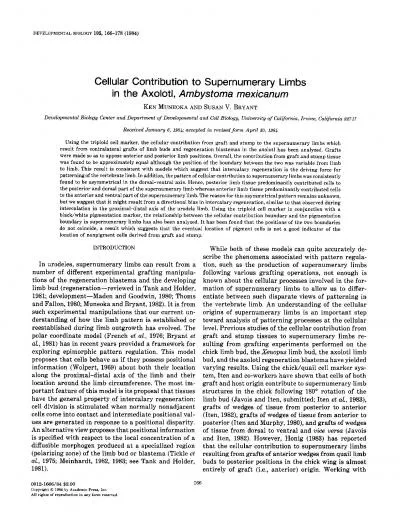PPT-Symmetry Definition: Both limbs are behaving identically
Author : khadtale | Published Date : 2020-06-22
Measures of Symmetry Symmetry Index Symmetry Ratio Statistical Methods James Richards modified by W Rose Symmetry Index SI when it 0 the gait is symmetrical Differences
Presentation Embed Code
Download Presentation
Download Presentation The PPT/PDF document "Symmetry Definition: Both limbs are be..." is the property of its rightful owner. Permission is granted to download and print the materials on this website for personal, non-commercial use only, and to display it on your personal computer provided you do not modify the materials and that you retain all copyright notices contained in the materials. By downloading content from our website, you accept the terms of this agreement.
Symmetry Definition: Both limbs are behaving identically: Transcript
Download Rules Of Document
"Symmetry Definition: Both limbs are behaving identically"The content belongs to its owner. You may download and print it for personal use, without modification, and keep all copyright notices. By downloading, you agree to these terms.
Related Documents














